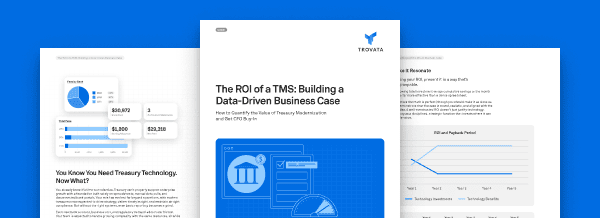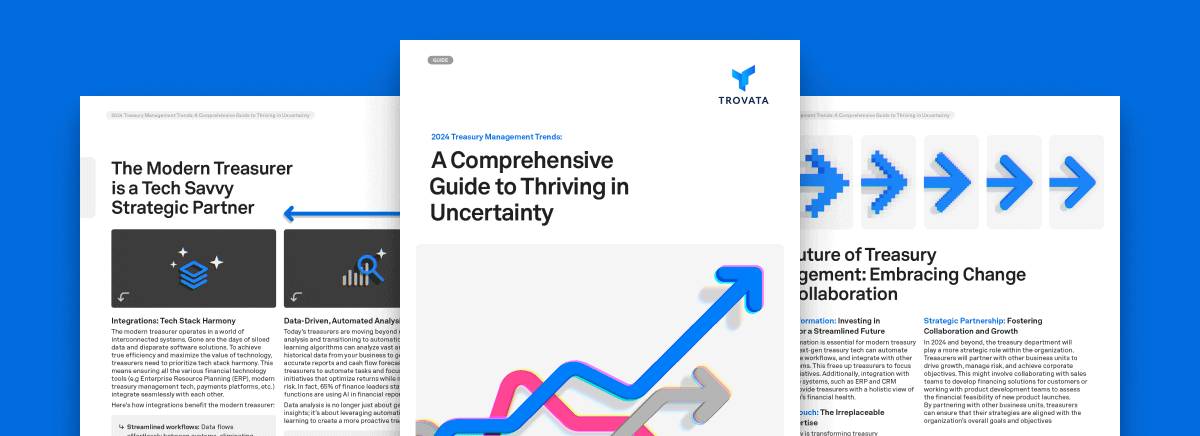Resource Library
Treasury and Finance Knowledge Center
Discover resources organized by topic and expertise area.
Topics to Explore

Join The Conversation
Exchange tips and best practices with other treasury professionals in our free and open Slack community, The Trove.
Newsletter
Industry-leading cash management resources. Directly to your inbox.
Treasury and finance professionals are taking advantage of our monthly newsletter that is full of resources to guide your cash management strategy and operations.














